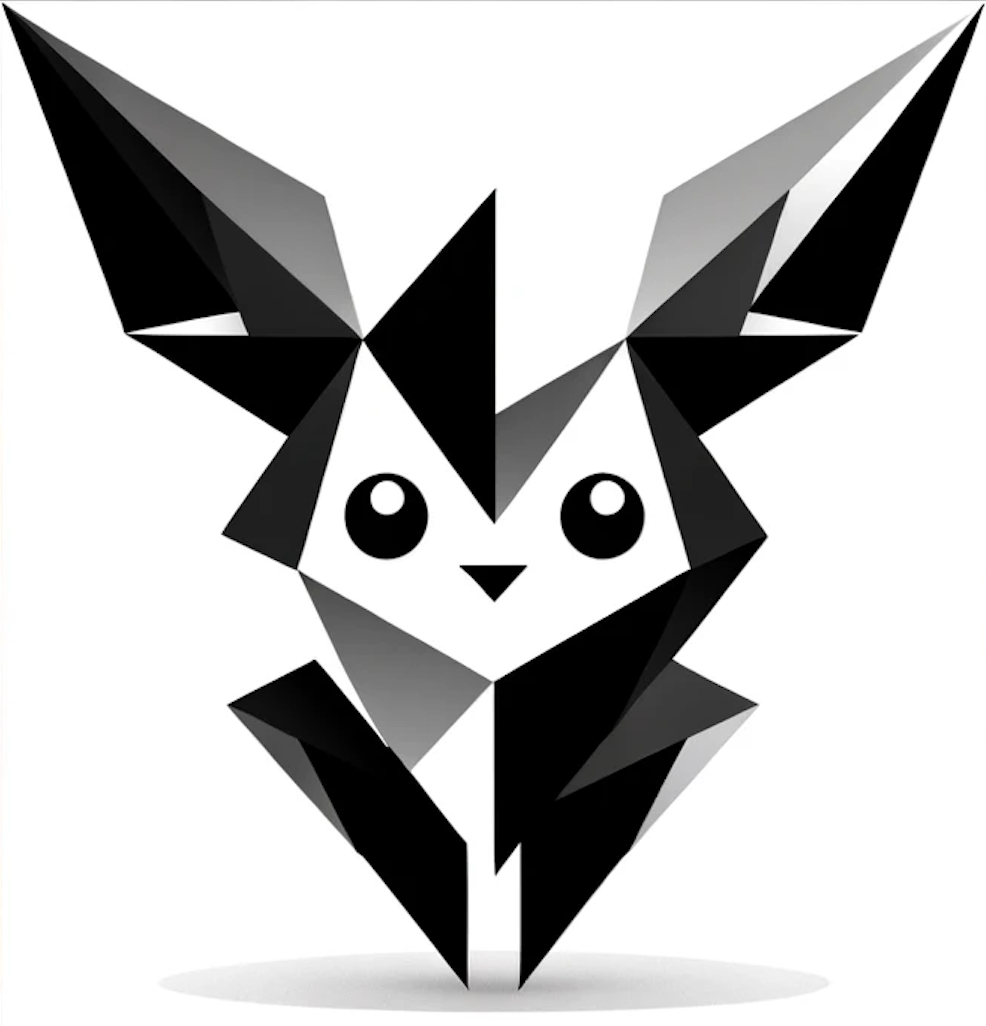AI animations have recently taken a wild turn. The launch of PIKA 1.0 has shown us the extent of creativity possible. Intrigued by the stunning animations produced, I embarked on my own journey. I aimed to create a short anime in just 24 hours using AI technology. Here’s how it unfolded.
Creating the Concept
The first step was brainstorming a concept. I spent hours watching anime trailers and concept videos on Youtube. Although I found several interesting ideas, none resonated with me. I wanted something relatable yet capable of showcasing AI’s magic.
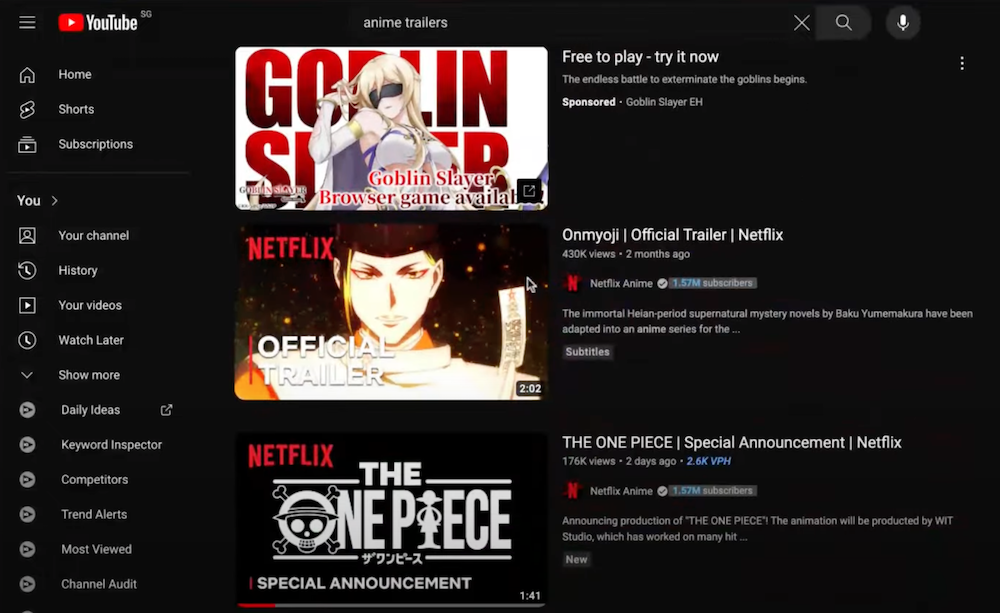
With time running short and progress stalled, I took a break. That’s when inspiration struck. I stumbled upon the GTA 6 trailer, a nod to one of my favorite childhood games. The idea was born: transforming the GTA trailer into an anime using Pika 1.0.
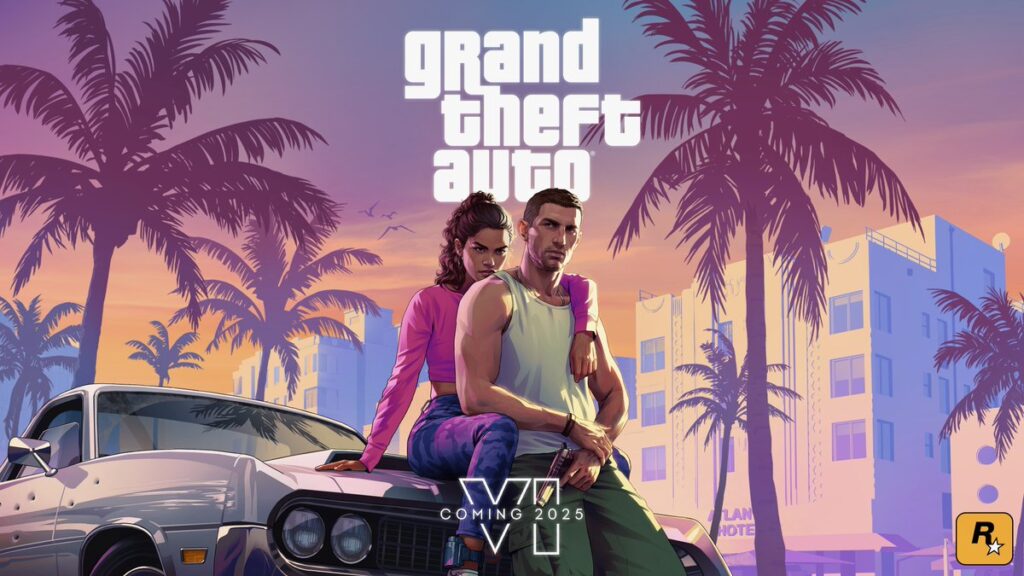
Energized by this unique challenge, I dove into the project. I downloaded the GTA video, breaking it down scene by scene. This preparation was crucial for understanding the necessary shots and scenes. My first stop was the PIKA web app, eager to test the Modifier Region tool. This feature promised to reshape scenes with simple prompts. My goal was to convert scenes into anime, starting with a sunset barb wire shot in a Studio Ghibli style. The results were promising, though it took several attempts to perfect.
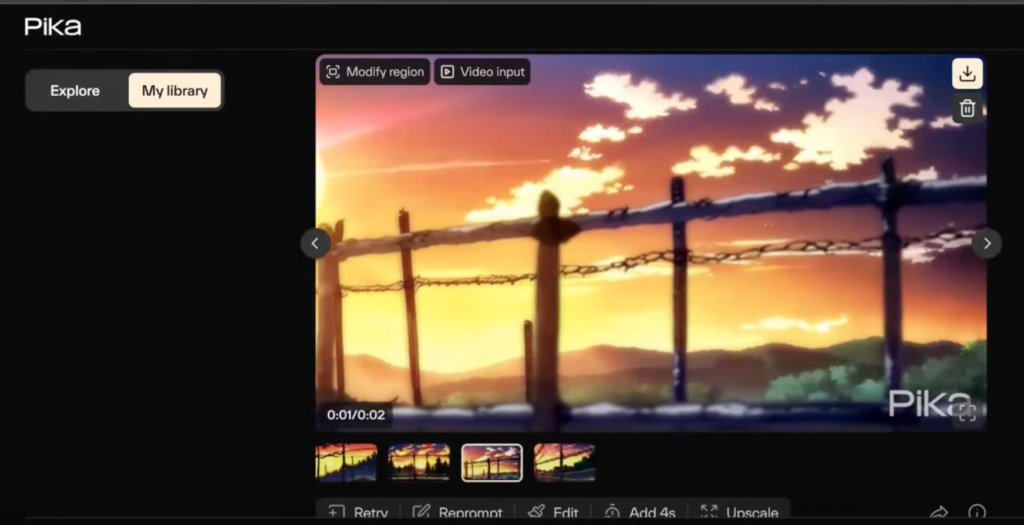
To enhance the accuracy of my creations, I used specific descriptions, negative prompts, and motion control. For example, transforming a jail scene required focusing on the character, turning her into an anime figure while maintaining the scene’s background. This selective approach significantly improved the final outcome.
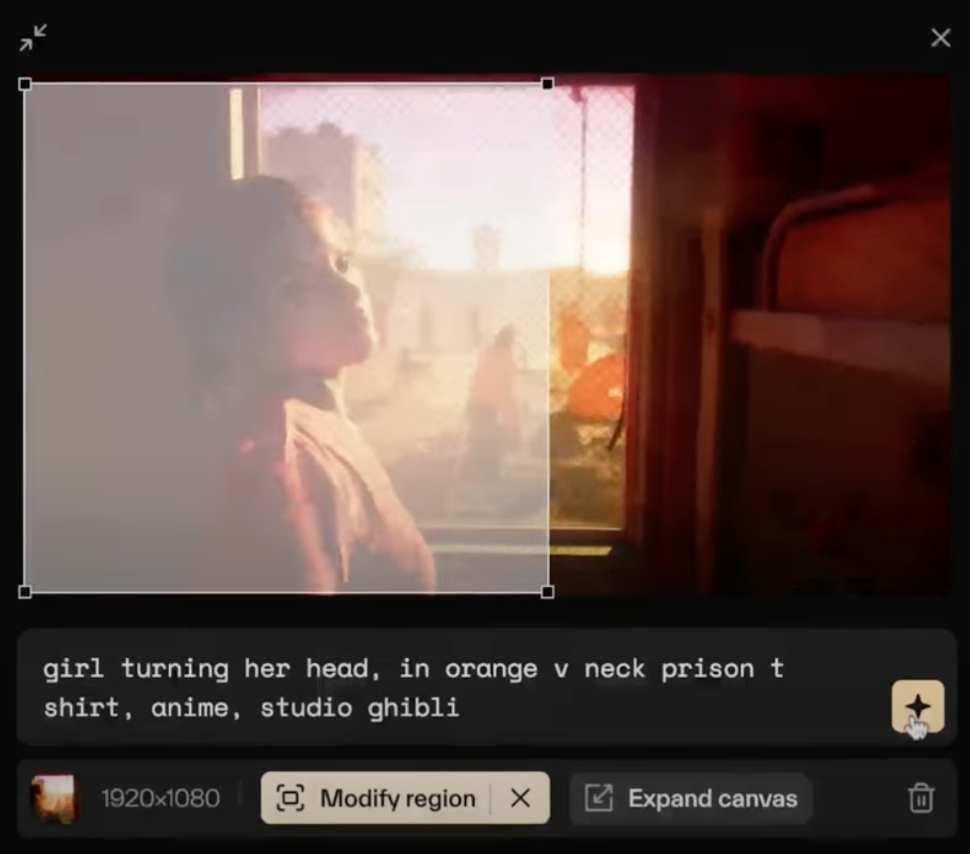
However, not all scenes worked well with video-to-video conversion. For instance, animating a girl on a Lamborghini required a different tactic. I opted for text-to-video generation, allowing for more creative freedom and quicker results.
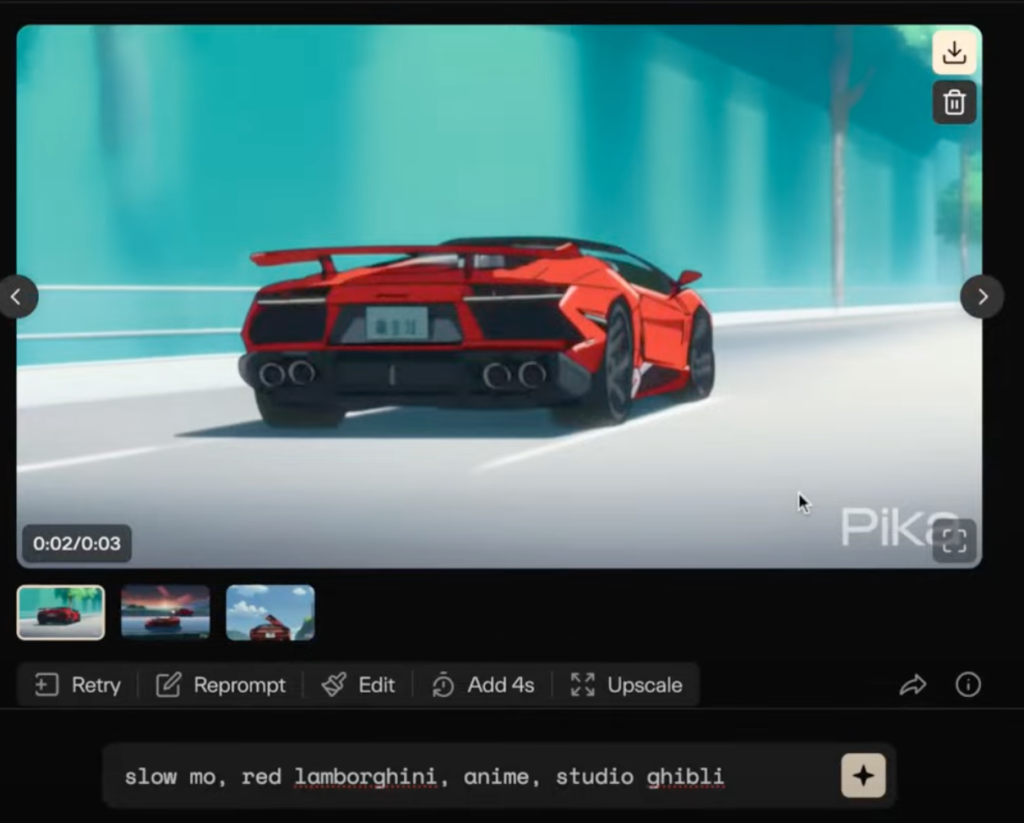
After generating over 200 videos and finalizing more than 40 clips, it was time to compile them. I used CapCut for editing, but I wanted more than just visual storytelling. To truly capture the anime essence, I added Japanese voiceovers. Without voice acting skills, I turned to Eleven Labs to create the voiceovers. I chose suitable voices for the characters, wrote the script, and translated it into Japanese.
Summary
The result? A unique blend of GTA’s thrilling world and anime’s captivating style, complete with vibrant scenes and immersive Japanese voiceovers. This experiment not only tested the limits of AI in animation but also highlighted the importance of creativity and adaptability in storytelling. Join me in celebrating this blend of technology and artistry, a testament to the endless possibilities of AI in animation.
Read related articles:
